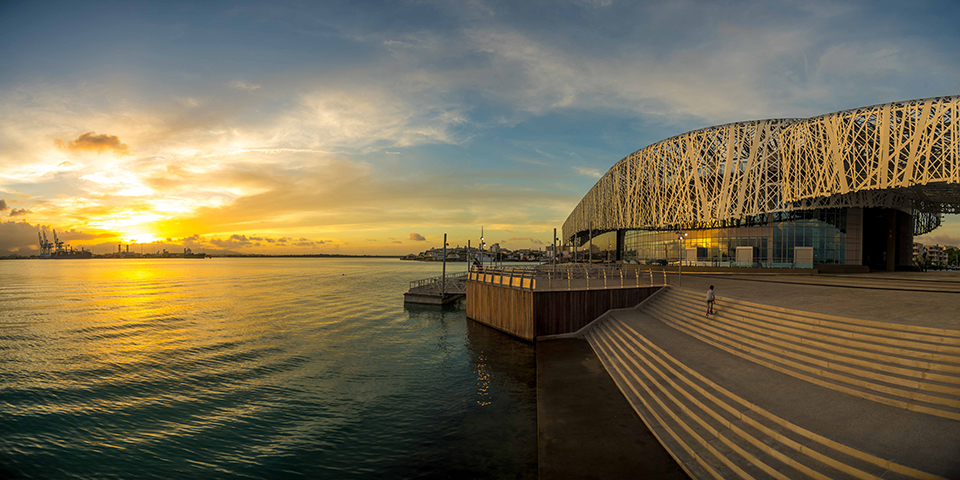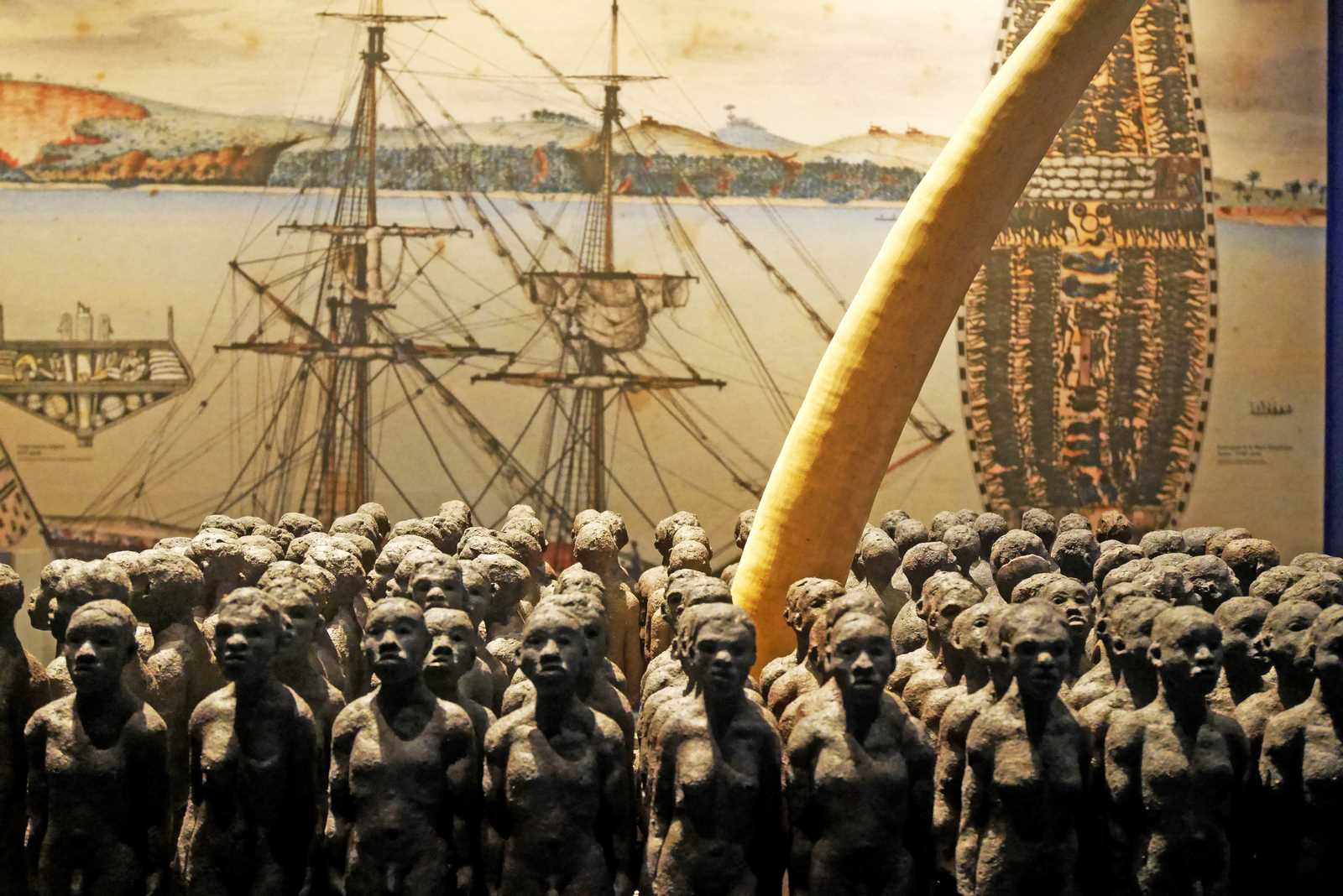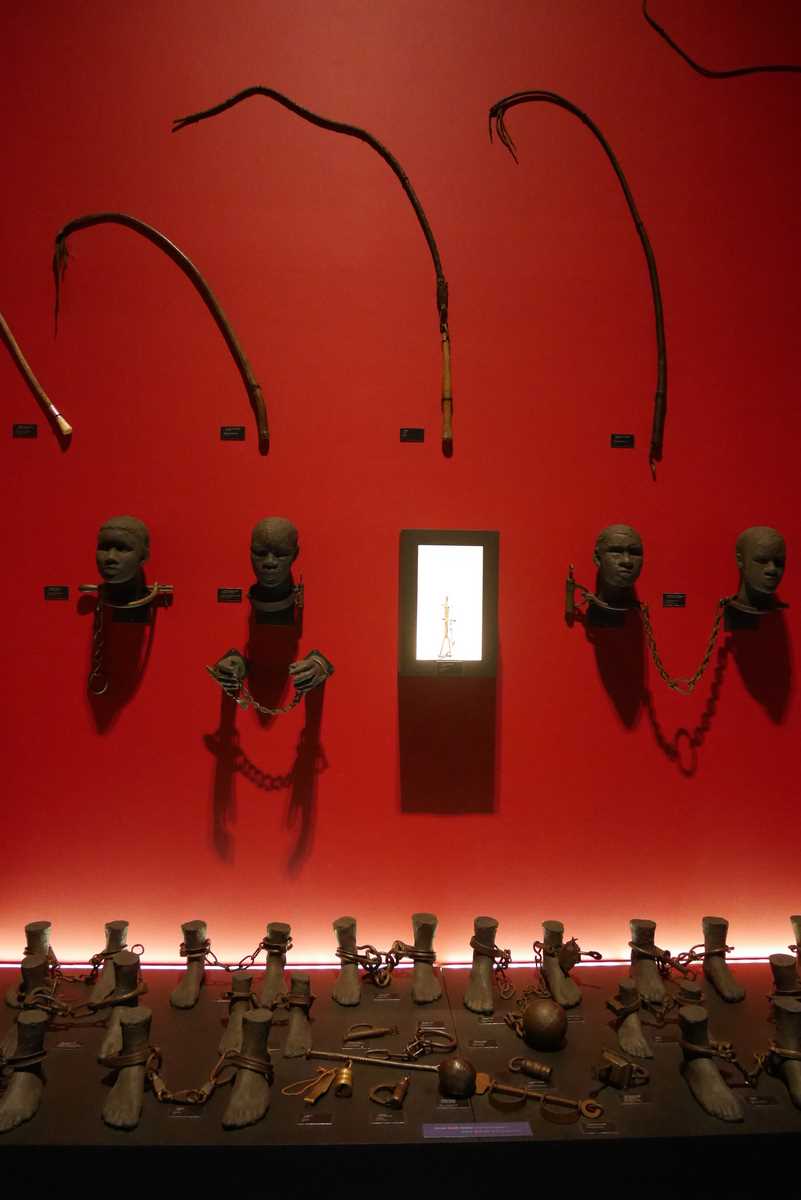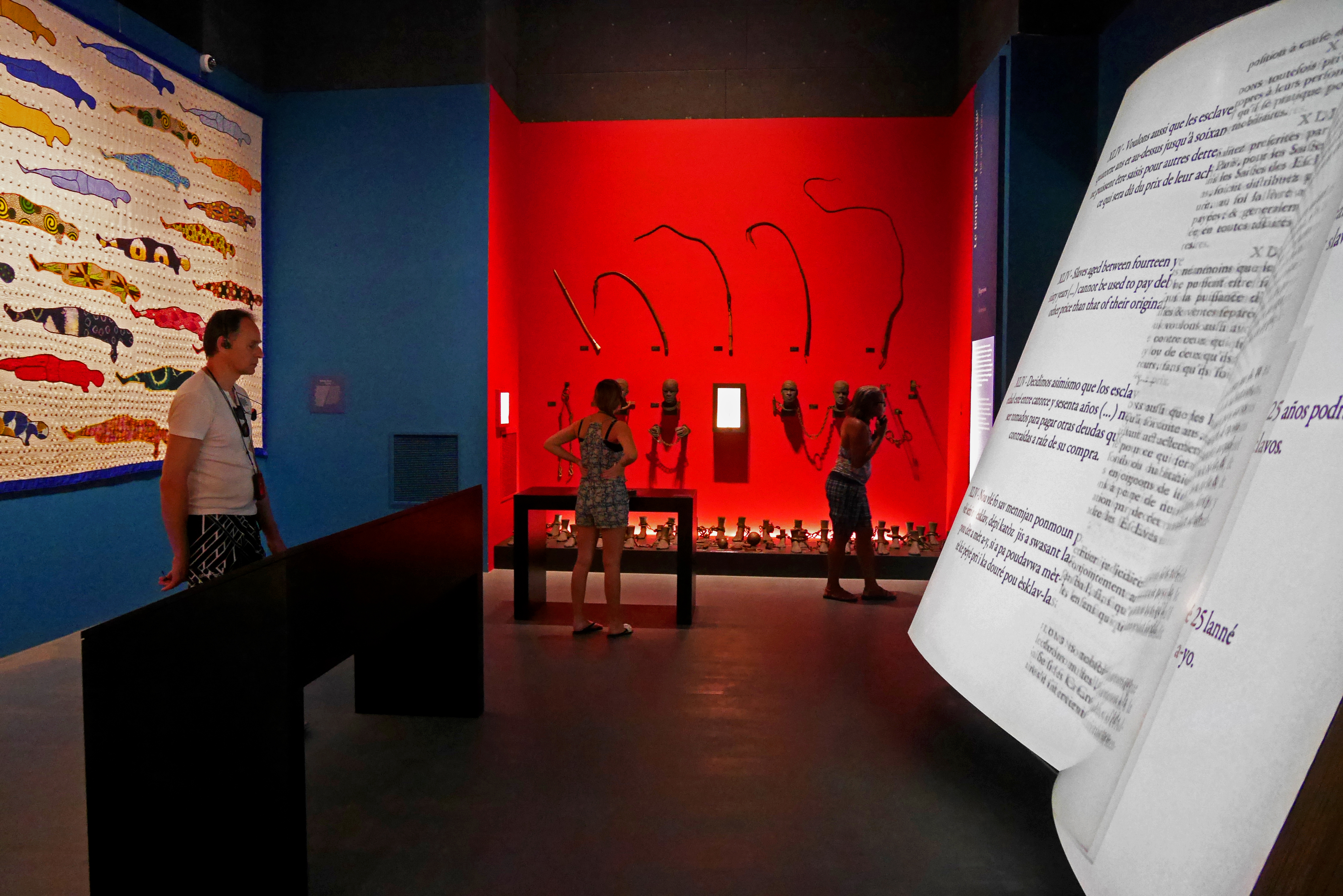Mémorial Acte
Centre Caraïbéen d'Expression
et de Mémoire de l'Esclavage
MACTe
Point à Pitre
Centre Caraïbéen d'Expression
et de Mémoire de l'Esclavage
MACTe
Point à Pitre
The original ambition of the memorial is to create a place dedicated to the collective memory of slavery and the slave trade, open to the contemporary world
Project
Mémorial Acte, Centre Caraïbéen d'Expression et de Mémoire de l'Esclavage, MACTe
Location
Pointe-à-Pitre, France
Category
Museum
Opening
April 2015
Client
Conseil Général de la Guadeloupe représenté par la Semsamar
Surface m²
1.500 m2
Scenographic cost € HT
3.600.000 €
Scope of work
Technical managementLighting designAudiovisual and multimedia engineering Show control CFO/CFA
Partners
Scenography : Atelier Confino
Project Management Assistance : BIGFL
Graphism : Georges Baur
Mandatory architect : BMC
Audiovisual integration : ETC
Lighting integration : La Wash
Museography : Farid Abdelouab
Audiovisual production : AnimaViva
Set builder : Prelud
Hologram : Atelier Holographique de Paris
Genealogy space : Malice image
The realisation presents:1400 lighting points controlled in DALI and DMX512.Moving lighting projectors.Multiple large format video projections.More than 100 touch screens or not.Hologram of the Virgin of Guadalupe.Synchronized and automated management of the whole.
The Act Memorial or Caribbean Center of Expression and Memory of the Slave Trade, MACTe, is located on the former Darboussier sugar factory in Guadeloupe. The original ambition of this memorial is to create a place dedicated to the collective memory of slavery and the slave trade, open to the contemporary world. For the occasion, a new building was constructed.
The permanent exhibition could have focused on the history that is of primary interest to Guadeloupeans and Caribbean people: that of slavery and the transatlantic slave trade. The scenographic team has chosen to show the history of slavery in its entirety, from antiquity to the present day. By means of avant-garde technology, and in a concern of very great respect of the scientific and historical program, we developed an extremely nice, strong and didactic course. Visitors pass through the holds of a ship. Their walls are tightened to the point of suffocation.
The visitors come out dazzled by a torrent of light like African slaves landing on the beaches of the Caribbean. The exhibition also evokes the role of the African slave traders without whom the Europeans could not have done anything. In a free reproduction of a room at the Sorbonne, the first congress of Black Writers and Artists in 1956 is evoked. Finally, the memorial pays homage to the heroes of resistance to slavery, different forms of insubordination by evoking contemporary revolts.
The permanent exhibition could have focused on the history that is of primary interest to Guadeloupeans and Caribbean people: that of slavery and the transatlantic slave trade. The scenographic team has chosen to show the history of slavery in its entirety, from antiquity to the present day. By means of avant-garde technology, and in a concern of very great respect of the scientific and historical program, we developed an extremely nice, strong and didactic course. Visitors pass through the holds of a ship. Their walls are tightened to the point of suffocation.
The visitors come out dazzled by a torrent of light like African slaves landing on the beaches of the Caribbean. The exhibition also evokes the role of the African slave traders without whom the Europeans could not have done anything. In a free reproduction of a room at the Sorbonne, the first congress of Black Writers and Artists in 1956 is evoked. Finally, the memorial pays homage to the heroes of resistance to slavery, different forms of insubordination by evoking contemporary revolts.










